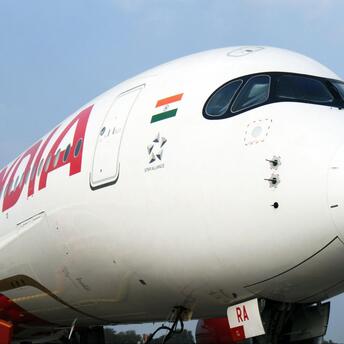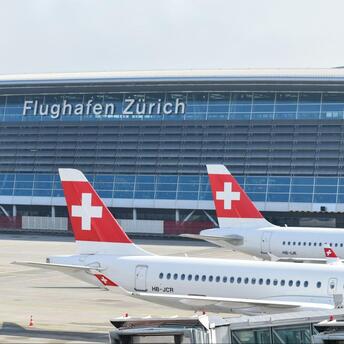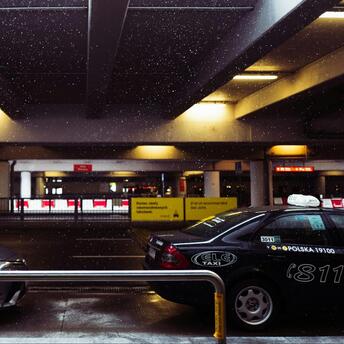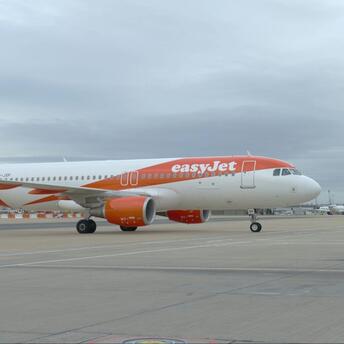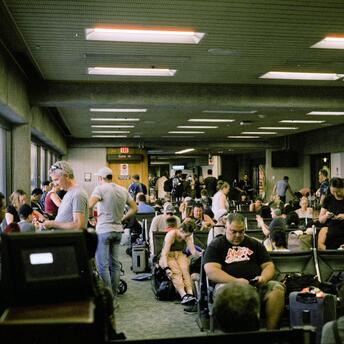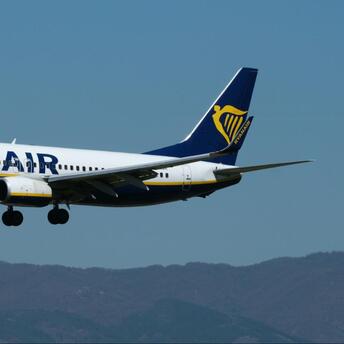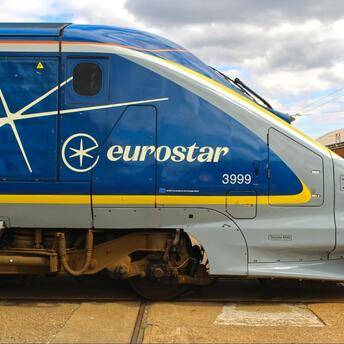Why some trucks in the EU have two different license plates and what does it mean
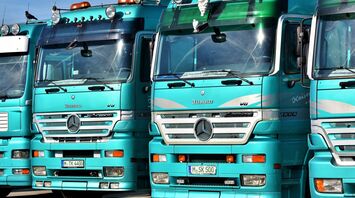
The usual European license plate is a white background, a black alphanumeric code and the EU logo, with an additional letter indicating which country it belongs to (e.g. E for Spain). In addition, there are temporary license plates or plates mounted on special vehicles.
At the same time, USA News writes, the situation is different for trucks. Sometimes they have one European license plate, and sometimes they have two different ones. And if you're preparing to get a license to drive such vehicles or you're just curious as to why it's necessary, here's the clue.
Does it all depend on the weight of the vehicle?
According to current EU regulations, cargo semi-trailers and trailers exceeding the maximum permissible mass (MPM) of 750 kg must have two license plates. On the one hand, the license plate of the towing vehicle complying with the European model, and on the other hand, the trailer's own license plate: red with black symbols, the letter R, four digits and three consonant letters.
At the same time, trailers not exceeding 750 kg have only the European registration corresponding to the vehicle towing them.
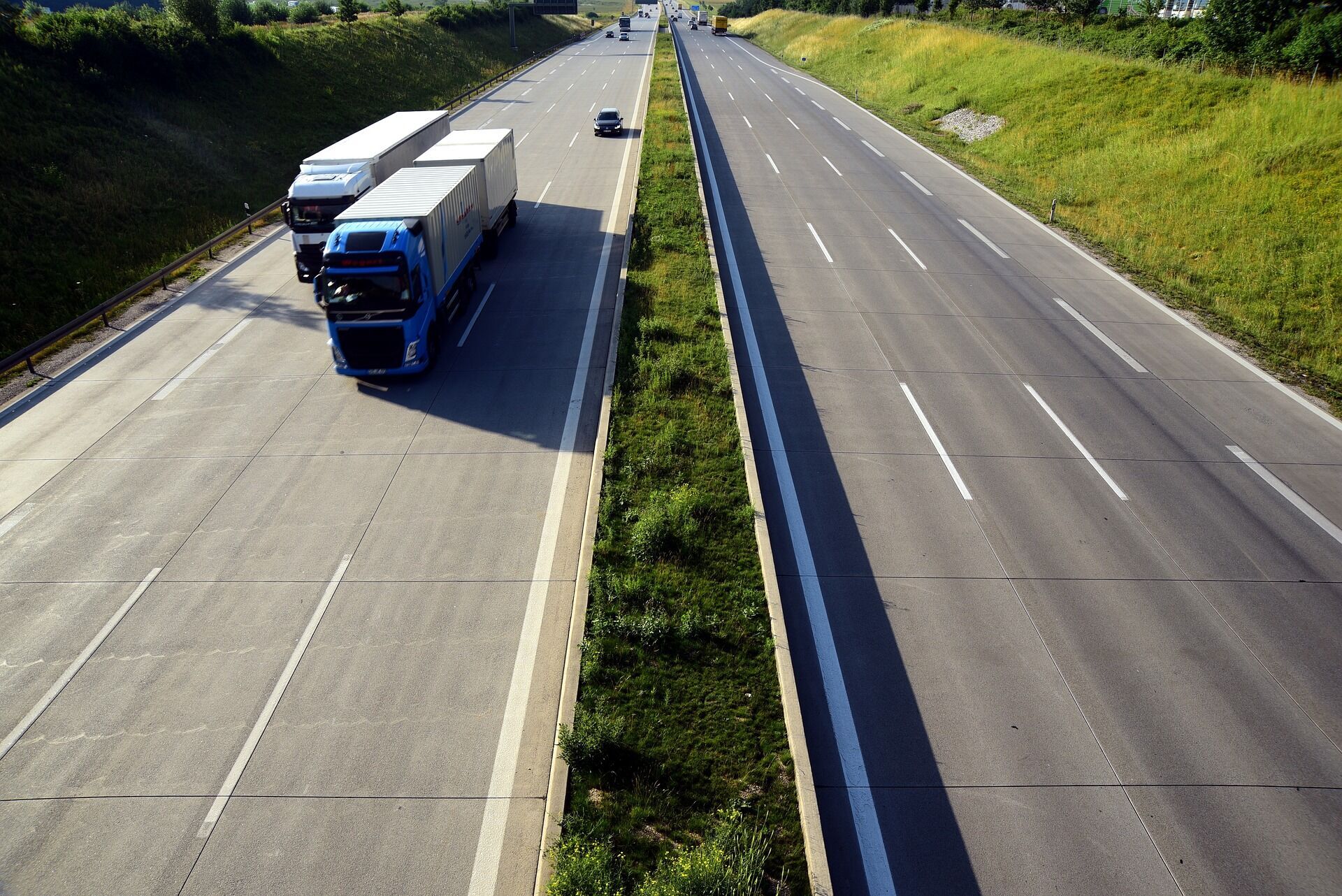
Additional signs
In addition, in accordance with the General Traffic Regulations (GTR), vehicles may display additional signs to inform road users about certain circumstances or characteristics of the vehicle, the service it provides, or the features of the cargo being transported. Speed limit signs are also common on trucks, indicating that the vehicle should not (cannot) go faster than a certain value.
Alternatively, there may also be a symbol for the transportation of dangerous goods or an indication of protruding cargo panels.
A separate group of additional signs for European commercial vehicles are reflectors used to increase visibility and recognition of long, heavy vehicles and their trailers.




